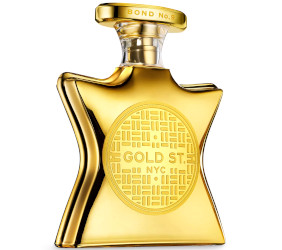240 additional inhalation peaks per hour
The study authors fitted participants with wearable devices that tracked air flow in and out of their noses over 24 hours of normal activity. They followed 31 people with self-reported normal olfaction and 21 participants born without a sense of smell (known as ?congenital anosmics?). They found that both smellers and non-smellers had similar breathing […]
The study authors fitted participants with wearable devices that tracked air flow in and out of their noses over 24 hours of normal activity. They followed 31 people with self-reported normal olfaction and 21 participants born without a sense of smell (known as ?congenital anosmics?). They found that both smellers and non-smellers had similar breathing rates, but that, while awake, smellers? respiratory patterns included an average of 240 additional inhalation peaks per hour, compared with non-smellers.
? Read more in People who can?t smell breathe differently at Popular Science.
...
The study authors fitted participants with wearable devices that tracked air flow in and out of their noses over 24 hours of normal activity. They followed 31 people with self-reported normal olfaction and 21 participants born without a sense of smell (known as ?congenital anosmics?). They found that both smellers and non-smellers had similar breathing rates, but that, while awake, smellers? respiratory patterns included an average of 240 additional inhalation peaks per hour, compared with non-smellers.
? Read more in People who can?t smell breathe differently at Popular Science.
...
| -------------------------------- |
|
|
Remarkable resilience
31-10-2024 03:06 - (
perfumes )








